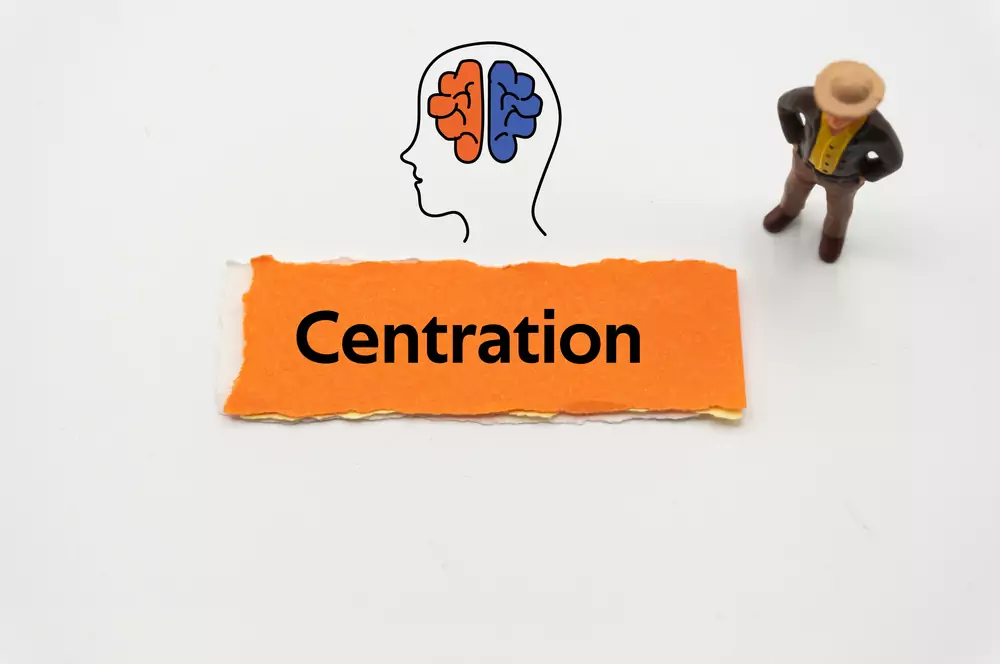Centration constitutes a fundamental element of cognitive growth as defined by psychologist Jean Piaget. It underscores a specific cognitive limitation typically observed in young children between 2 and 7 years of age, according to Piaget’s stage theory. The spotlight of centration results in a narrow perspective that overlooks crucial facets of a scenario, thus creating a skewed understanding.
An in-depth look into Centration in Early Childhood Development
As per Piaget’s cognition theory, centration emerges prominently in the preoperational stage. At this juncture, children grasp language and initiate symbolic thought through mental imagery. Yet, their cognition remains constrained by centration, where their attention gets monopolized by a single element while other significant factors are sidelined. A classic instance is when a child asserts that a long, thin shape of clay contains more substance than an identical ball of clay, due to its larger appearance.
Centration, a cognitive phenomenon, has explanatory power for various observations in child psychology. Take, for instance, conservation tasks where children do not understand that properties remain constant even when the superficial aspects change. They struggle with conserving quantity due to the myopic view that centration imposes. It also elucidates the egocentric tendencies of this age, as children find it hard to see from others’ perspectives.
Understanding the Influence of Centration on Perception
Centration hinders children in the preoperational phase from understanding transformations, dimensional changes, and logical processes. They concentrate on the most conspicuous aspect and disregard other important information. This results in flawed conclusions and reasoning.
Similarly, centration can mislead children when there is a change in appearance or context. They might fail to recognize their teacher outside the school as they cannot switch their focus away from the classroom setting. Such cognitive rigidity results in faulty assumptions and perception errors.
Social and Emotional Impacts of Centration
Centration’s effects extend to children’s social and emotional realms. A centred focus prevents children from appreciating other perspectives, impacting their capacity for empathy and communication. Centration can also make children judge others quickly based on superficial cues without considering other aspects.
Navigating through Centration
Cognitive growth entails the gradual transition from centration towards more complex thinking. Certain measures can help to counteract centration:
Using open-ended questions to draw children’s focus to overlooked factors. Introducing counter-examples to challenge centration-based assumptions. Promoting perspective-taking to provide exposure to different viewpoints. Encouraging group play that demands broader focus beyond oneself. Over time and with guidance, children begin to incorporate multiple aspects into their reasoning process, moving away from centration.
Practical Insights from Understanding Centration
Understanding centration can unravel the sources of skewed or illogical thinking in real-world contexts. For instance, advertisers might leverage centration to influence consumer perceptions through clever packaging. Similarly, educators need to appreciate the role of centration to design effective instruction that widens the thinking of students.
Conclusion
Centration marks a significant phase in cognitive development that sheds light on the evolving abilities and inherent constraints of children’s thinking. The inclination to focus on the most noticeable aspects while ignoring other key details contributes to a subjective, often inaccurate understanding of the world. As children gain more exposure and support, they shift away from centration, becoming capable of flexibility, abstraction, and perspective-taking. Recognizing the role of centration in early thinking offers valuable insight into cognitive development strategies.



